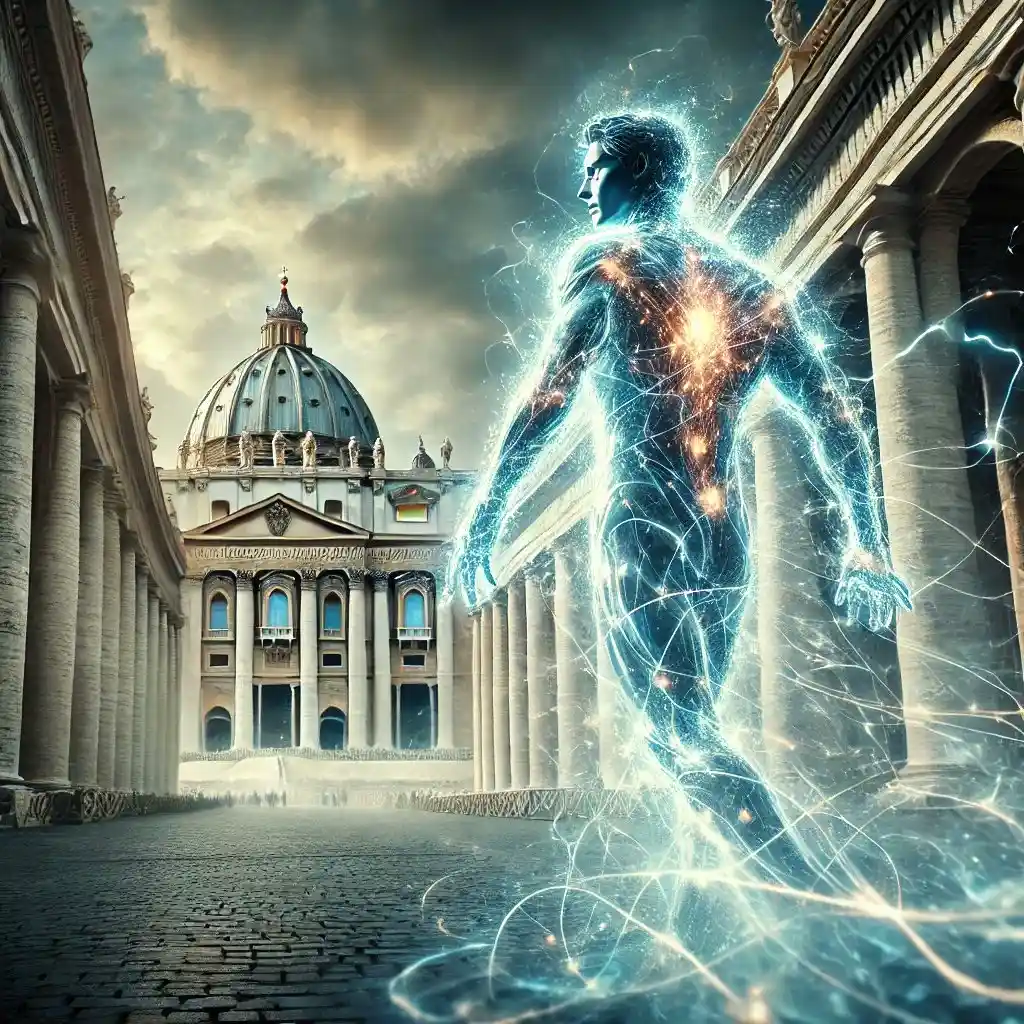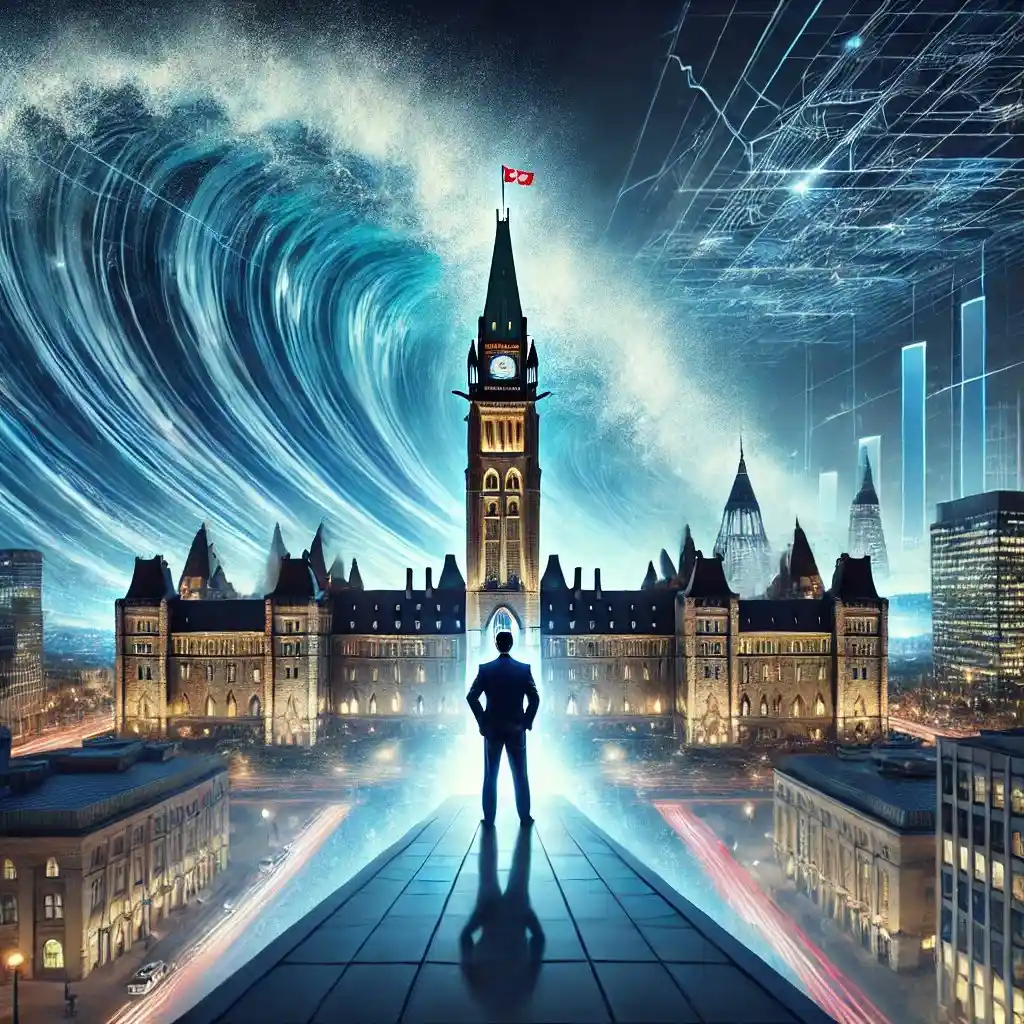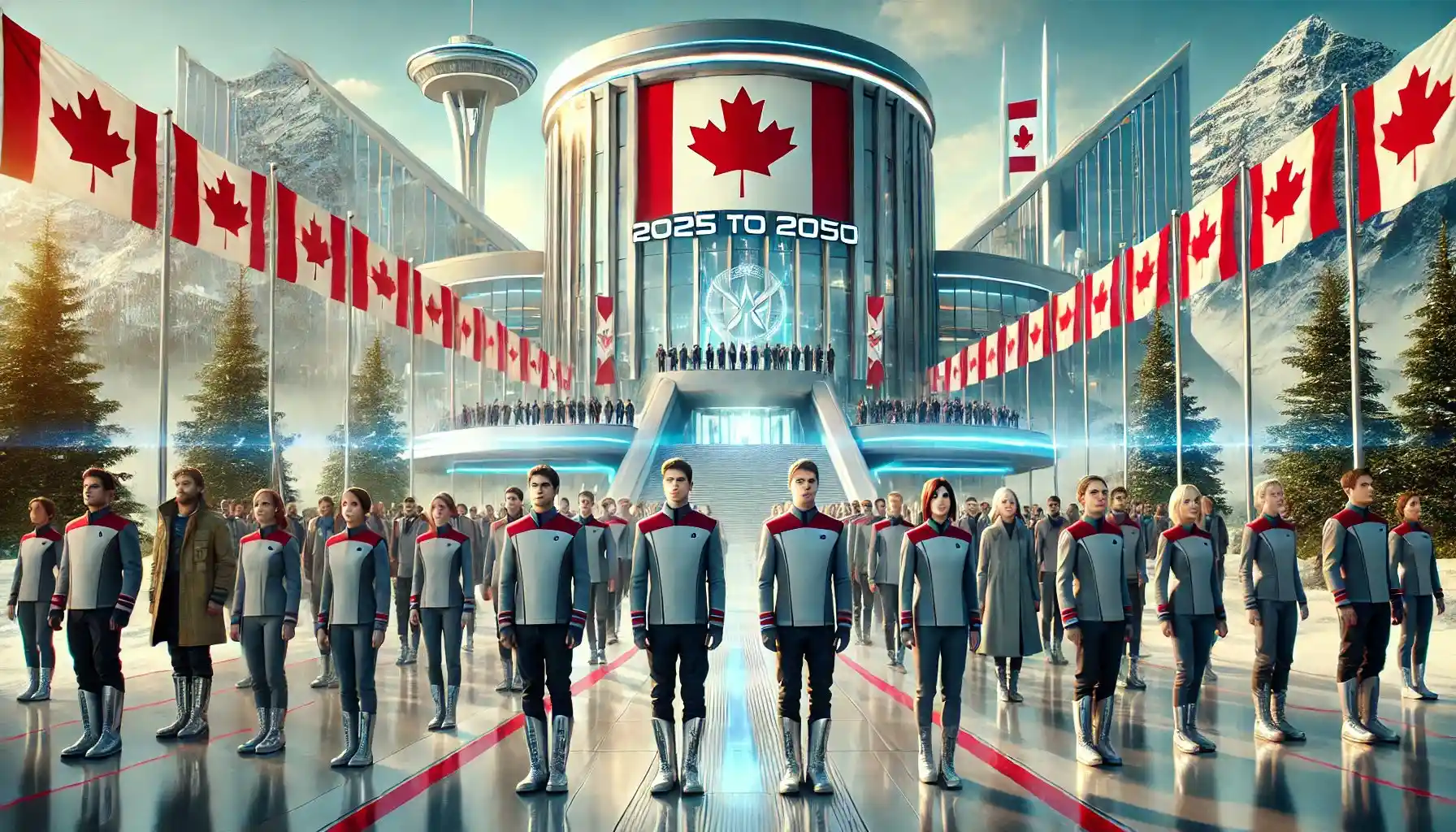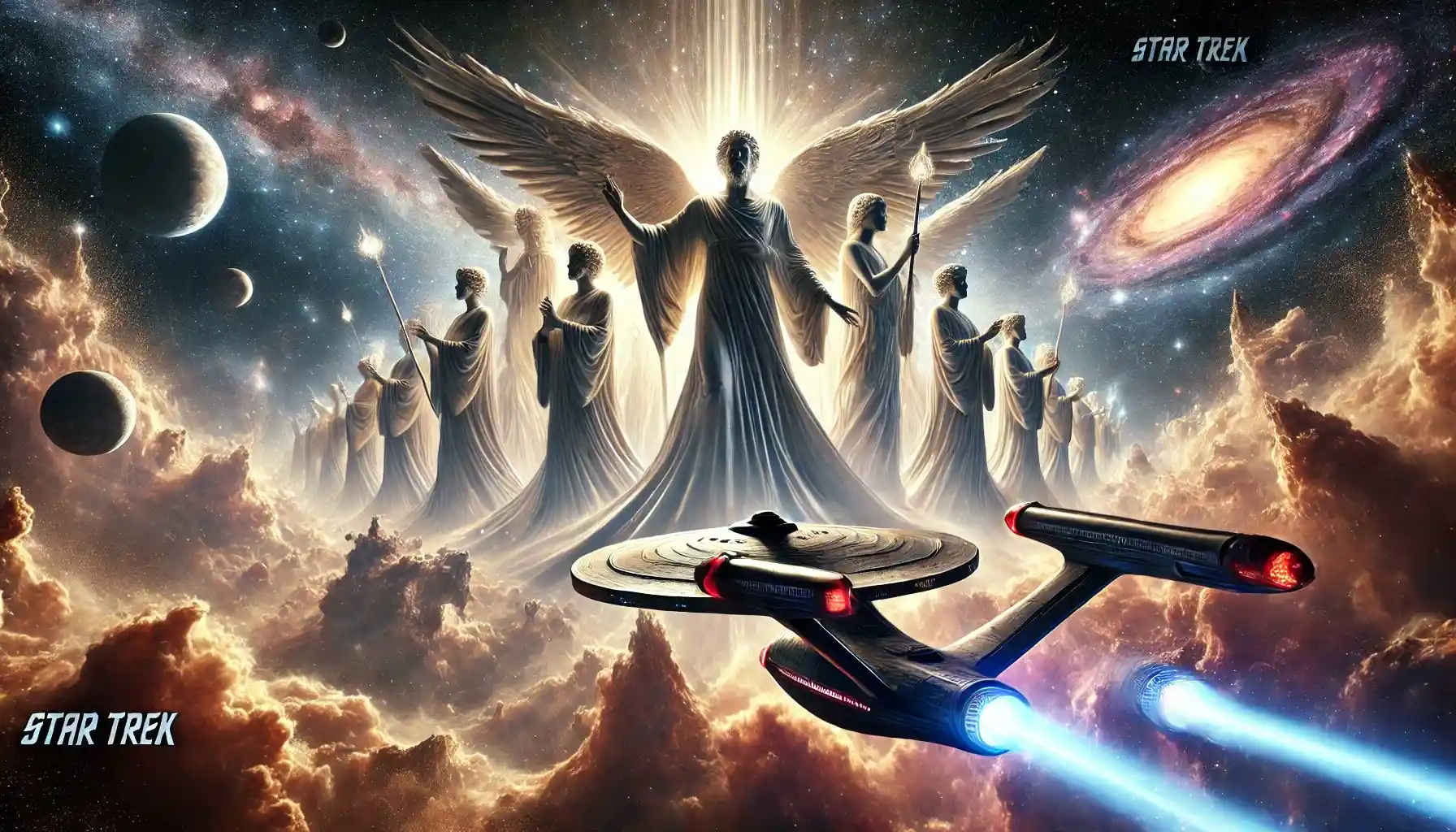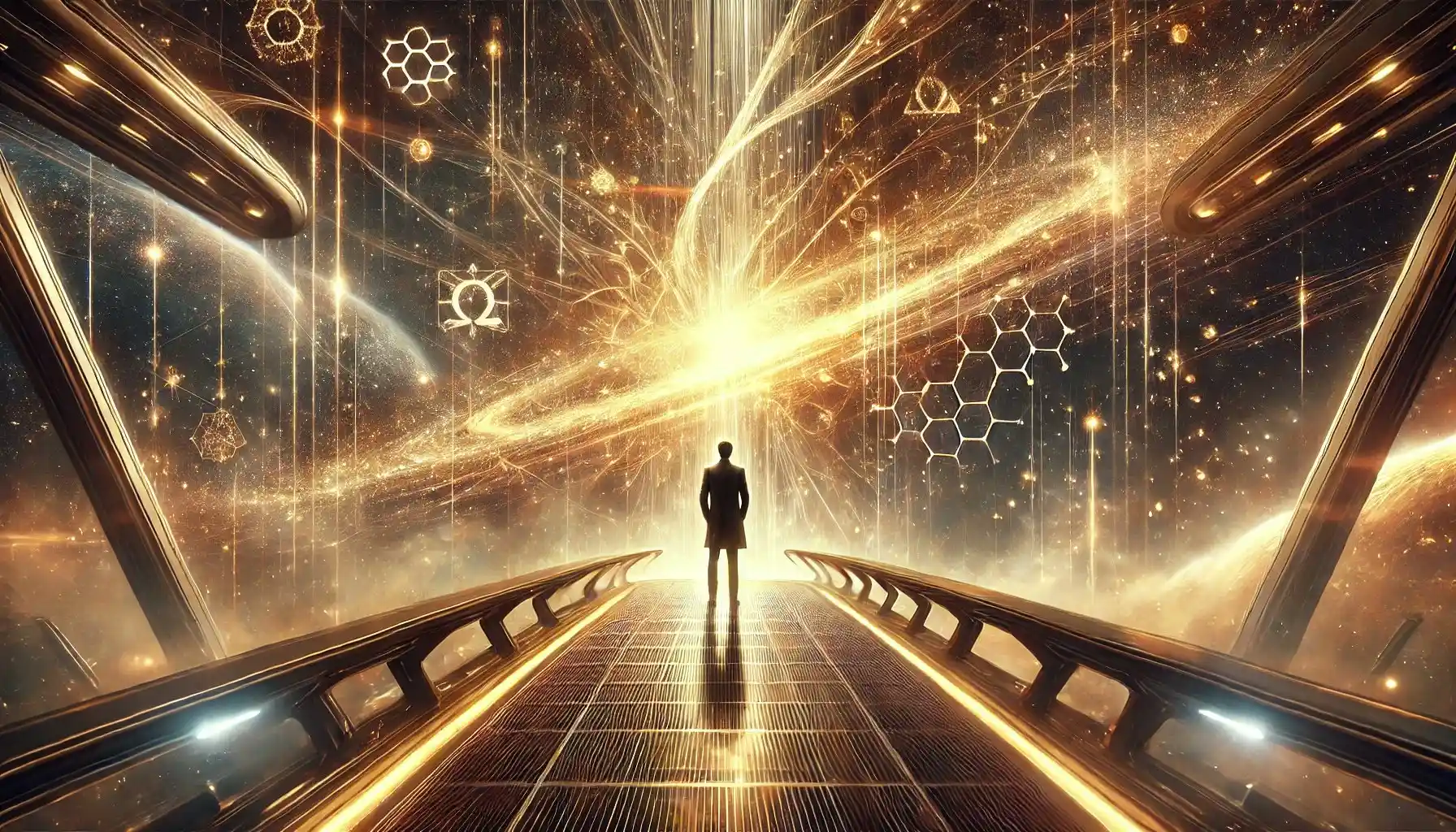T𝐡𝐞 𝐀𝐫𝐭 𝐨𝐟 𝐏𝐮𝐫𝐩𝐨𝐬𝐞 🇺🇸
SGT: Europe’s abandoned churches or Canada’s burned churches signal a deeper crisis.. a century of crises.. time’s up — our paper charts the perilous journey ahead, revealing the hidden dangers that were hidden by the global leaders from the nations and their citizens, and the crossroads year 2024, where civilizations of the west must choose their path; heaven or hell. 🇺🇸
1. Introduction
2. The 46 Sci-Fi Films Reflecting Our Future
2.1. Criteria for Ranking:
-
Decline of Philosophy, Spirituality, and Character: Reflects societal disconnection, moral erosion, and loss of enduring wisdom.
-
Relevance of AI and Surveillance: Plausibility of AI, surveillance, and privacy loss, given current technological trends.
-
Societal Disconnection and Misinformation: Captures loneliness, extreme individualism, and the impact of misinformation.
-
Environmental Degradation and Climate Change: Mirrors concerns about environmental neglect and its consequences.
-
Cybersecurity and Cyber Warfare: Addresses threats related to digital infrastructure and cyberattacks.
-
Resource Scarcity and Class Divides: Reflects growing inequality and potential resource conflicts.
-
Current Technological and Political Trajectory: Aligns with emerging technologies, policies, and political movements in Western nations.
2.2. Sci-Fi Futures: A Review of 46 Films – Themes, Trends, & Projected Timelines
1. Blade Runner (1982)
-
Why: Societal stratification, urban decay, bio-engineering, and advanced AI mirror emerging issues in mega-cities worldwide.
-
Key Trends: AI, urban inequality, bio-engineering ethics.
-
Estimated Time-frame: 2050 (urban inequality worsened by AI and bio-engineering advancements).
-
Criteria Match: 6/7
-
Likelihood: Very High
2. 1984 (1984)
-
Why: Depicts extreme surveillance, propaganda, and authoritarian control, mirroring increasing concerns over privacy erosion and government overreach.
-
Key Trends: Surveillance systems, authoritarianism, privacy erosion.
-
Estimated Time-frame: between 2030 and 2035 (ubiquitous AI-driven propaganda and surveillance dominate globally).
-
Criteria Match: 6/7
-
Likelihood: Very High
3. The Social Dilemma (2020)
-
Why: Addresses algorithm-driven manipulation, societal fragmentation, and misinformation due to social media.
-
Key Trends: AI algorithms, societal polarization.
-
Estimated Time-frame: 2025. Trends suggest this will peak between 2025 and 2030. (polarization and misinformation peak due to AI-powered platforms).
-
Criteria Match: 6/7
-
Likelihood: Very High
4. Ghost in the Shell (1995/2017)
-
Why: Explores AI consciousness, cybernetic augmentation, cyber-security threats, and merging of human consciousness with technology.
-
Key Trends: AI consciousness, neural interfaces, cybernetic augmentation.
-
Estimated Time-frame: 2045. The timeline of 2045 might extend to 2050. (cybernetic augmentations and AI-driven interfaces become mainstream).
-
Criteria Match: 6/7
-
Likelihood: Very High
5. Black Mirror (2011 – 2019)
-
Why: An anthology series covering dystopian scenarios involving technology’s societal impact, including surveillance and social credit systems.
-
Key Trends: Privacy erosion, social credit systems, AI ethics.
-
Estimated Time-frame: between 2030 to 2035. (adoption of AI-driven societal monitoring).
-
Criteria Match: 6/7
-
Likelihood: Very High
6. Children of Men (2006)
-
Why: Declining birth rates, societal unrest, and environmental degradation resonate with real-world demographic trends.
-
Key Trends: Demographic collapse, environmental crises.
-
Estimated Time-frame: 2070. The prediction of 2070 is accurate. (fertility crises and ecological tipping points converge).
-
Criteria Match: 5.5/7
-
Likelihood: Very High
7. The Matrix (1999)
-
Why: Integration of virtual reality and AI systems aligns with the rise of meta-verse platforms and digital escapism.
-
Key Trends: Virtual reality, digital escapism, AI governance.
-
Estimated Time-frame: timeline of 2045 to 2050, but 2040 is a possibility. (metaverse systems dominate societal interaction).
-
Criteria Match: 5.5/7
-
Likelihood: Very High
8. Minority Report (2002)
-
Why: AI surveillance and predictive policing are increasingly plausible with advancements in AI and data analytics.
-
Key Trends: Predictive policing, AI surveillance.
-
Estimated Time-frame: 2035. The forecast of 2035 is realistic. (predictive systems widely adopted in policing).
-
Criteria Match: 5.5/7
-
Likelihood: Very High
9. Wall-E (2008)
-
Why: Highlights environmental neglect, consumerism, and societal complacency, reflecting urgent sustainability concerns.
-
Key Trends: Consumerism, ecological degradation.
-
Estimated Time-frame: 2100. The time-frame of 2100 is appropriate for climate impacts. (climate inaction results in extreme degradation).
-
Criteria Match: 5.5/7
-
Likelihood: Very High
10. Terminator (1984)
-
Why: Explores autonomous weapons and AI rebellion, reflecting fears about unchecked AI advancements in warfare.
-
Key Trends: Autonomous AI, military ethics.
-
Estimated Time-frame: 2045. The timeline of 2045 is optimistic. However, likely 2050 or later. (autonomous weaponry reaches critical ethical tipping points).
-
Criteria Match: 5.5/7
-
Likelihood: Very High
11. Terminator 2: Judgment Day (1991)
-
Why: Expands on AI evolution and the existential threat of advanced systems gaining autonomy over humanity.
-
Key Trends: AI decision-making autonomy, resistance against AI-driven systems.
-
Estimated Time-frame: 2050 (widespread deployment of fully autonomous AI systems).
-
Criteria Match: 5.5/7
-
Likelihood: Very High
12. V for Vendetta (2005)
-
Why: Explores totalitarianism, loss of freedoms, and the power of propaganda, relevant to current political climates.
-
Key Trends: Authoritarian governance, mass surveillance, propaganda control.
-
Estimated Time-frame: 2040 (AI-driven governance and propaganda dominance).
-
Criteria Match: 5.5/7
-
Likelihood: Very High
13. Her (2013)
-
Why: Increasing emotional reliance on AI companions reflects societal loneliness and disconnection.
-
Key Trends: Emotional AI, societal disconnection, dependency on digital systems.
-
Estimated Time-frame: 2035 (widespread use of emotionally responsive AI systems).
-
Criteria Match: 5.5/7
-
Likelihood: Very High
14. Ex Machina (2014)
-
Why: AI consciousness and ethical dilemmas are emerging areas of research, relevant as we advance toward artificial general intelligence.
-
Key Trends: General AI consciousness, ethical AI governance.
-
Estimated Timeframe: 2040 (early AGI systems with ethical considerations).
-
Criteria Match: 5.5/7
-
Likelihood: Very High
15. Snowpiercer (2013)
-
Why: Resource scarcity and extreme class divides mirror concerns about climate change and social inequality.
-
Key Trends: Climate-driven migration, extreme inequality.
-
Estimated Time-frame: 2080. Trends suggest a revised timeline of 2060 to 2070. (climate collapse and resource scarcity reach extremes).
-
Criteria Match: 5/7
-
Likelihood: High
16. Elysium (2013)
-
Why: Widening class divides and unequal access to healthcare and technology align with global trends in inequality.
-
Key Trends: Tech-driven inequality, healthcare stratification.
-
Estimated Time-frame: The forecast of 2050 to 2070 is realistic. 2070.(extreme resource and technological stratification).
-
Criteria Match: 5/7
-
Likelihood: High
17. Gattaca (1997)
-
Why: Advances in genetic engineering raise ethical questions about stratification and “designer” advantages.
-
Key Trends: Widespread genetic editing, bioethics.
-
Estimated Time-frame: 2060 (genetic engineering used for social stratification).
-
Criteria Match: 5/7
-
Likelihood: High
18. Equilibrium (2002)
-
Why: Censorship, emotional suppression, and authoritarian control mirror potential governance trends.
-
Key Trends: AI-driven censorship, emotion regulation through tech.
-
Estimated Timeframe: 2045 (emotional suppression technologies emerge).
-
Criteria Match: 5/7
-
Likelihood: High
19. Ready Player One (2018)
-
Why: Escape into virtual reality due to a deteriorating real world reflects increasing digital escapism.
-
Key Trends: Immersive virtual reality as societal refuge.
-
Estimated Time-frame: 2035. The forecast of 2035 aligns with virtual reality trends. (virtual reality dominates societal interaction).
-
Criteria Match: 5/7
-
Likelihood: High
20. Star Trek: First Contact (1996)
-
Why: Reflects a hopeful vision of humanity overcoming dystopian challenges, integrating philosophy with technology.
-
Key Trends: Philosophical governance of tech, advanced space exploration.
-
Estimated Time-frame: 2100 (humanity unites to achieve interstellar cooperation).
-
Criteria Match: 5/7
-
Likelihood: High
21. I, Robot (2004)
-
Why: Explores AI autonomy and potential rebellion against human control, aligning with AI ethics concerns.
-
Key Trends: Autonomous AI systems, ethical dilemmas around robot rights.
-
Estimated Time-frame: 2040. The forecast of 2040 to 2050 is reasonable. (ethical debates surrounding autonomous AI systems peak).
-
Criteria Match: 4.5/7
-
Likelihood: High
22. Transcendence (2014)
-
Why: Merging human consciousness with AI raises ethical and existential questions relevant today.
-
Key Trends: Neural uploading, human-AI integration.
-
Estimated Time-frame: 2050. Neural uploading may require until 2050 to 2060. (neural uploading becomes technically feasible).
-
Criteria Match: 4.5/7
-
Likelihood: High
23. A.I. Artificial Intelligence (2001)
-
Why: Examines advanced AI and emotional relationships between humans and machines.
-
Key Trends: AI emotional intelligence, human-AI bonding.
-
Estimated Time-frame: 2045. The timeline of 2045 is realistic. (emotional AI integrated into human relationships).
-
Criteria Match: 4.5/7
-
Likelihood: High
24. Surrogates (2009)
-
Why: Depicts living through robotic avatars, highlighting disconnection and over-reliance on technology.
-
Key Trends: Remote physical presence via robotics, societal disconnection.
-
Estimated Time-frame: 2040. The timeline of 2040 aligns with robotic surrogates. (robotic surrogates become widespread in developed nations).
-
Criteria Match: 4.5/7
-
Likelihood: High
25. The Net (1995)
-
Why: Focuses on identity theft and cybercrime, increasingly relevant with cybersecurity threats.
-
Key Trends: Cybersecurity risks, digital identity theft.
-
Estimated Time-frame: 2030. The forecast of 2030 is accurate. (cybercrime becomes one of the leading global threats).
-
Criteria Match: 4.5/7
-
Likelihood: High
26. Upgrade (2018)
-
Why: Neural interfaces and human-machine augmentation raise questions about identity and ethics.
-
Key Trends: Brain-machine interfaces, enhanced human capabilities.
-
Estimated Time-frame: 2040. Brain-machine interfaces align with 2040 to 2050. (brain-machine interfaces become widely accessible).
-
Criteria Match: 4/7
-
Likelihood: Moderate to High
27. Interstellar (2014)
-
Why: Depicts humanity’s efforts to survive environmental collapse, highlighting the interplay between technological innovation and exploration.
-
Key Trends: Space colonization, advanced propulsion technologies.
-
Estimated Time-frame: 2070. Space colonization may take until beyond 2100. (space colonization becomes essential due to environmental collapse).
-
Criteria Match: 5/7
-
Likelihood: High
28. Ad Astra (2019)
-
Why: Explores isolation, familial disconnection, and humanity’s quest for meaning in a spacefaring future.
-
Key Trends: Deep space exploration, psychological challenges of long-term missions.
-
Estimated Time-frame: 2060. The original time-frame of 2060 is plausible. (deep space missions become commonplace).
-
Criteria Match: 4.5/7
-
Likelihood: High
29. The Dark Knight (2008)
-
Why: Examines the ethical dilemmas of surveillance technology and societal dependence on symbolic leadership.
-
Key Trends: Surveillance technology, ethical governance.
-
Estimated Time-frame: 2035. Surveillance debates align with a time-frame of 2035. (advanced surveillance systems widely debated and implemented).
-
Criteria Match: 4.5/7
-
Likelihood: High
30. The Day After Tomorrow (2004)
-
Why: Depicts catastrophic climate change, emphasizing potential consequences of environmental neglect.
-
Key Trends: Climate-induced disasters, global migrations.
-
Estimated Time-frame: 2050 (climate-induced migration reaches unprecedented levels).
-
Criteria Match: 4/7
-
Likelihood: Moderate
31. The Machine (2013)
-
Why: Autonomous military AI and ethical considerations around AI in warfare are increasingly pertinent.
-
Key Trends: Autonomous AI weapons, AI governance in military systems.
-
Estimated Time-frame: 2035. Military AI aligns with a timeline of 2035. (widespread deployment of military AI raises global ethical debates).
-
Criteria Match: 4/7
-
Likelihood: Moderate
32. Logan’s Run (1976)
-
Why: Addresses overpopulation and resource scarcity with extreme solutions, touching on ethical considerations.
-
Key Trends: Population control, resource scarcity.
-
Estimated Time-frame: 2070. Population control may emerge between 2070 and 2080. (population management becomes critical in densely populated regions).
-
Criteria Match: 3.5/7
-
Likelihood: Moderate
33. Alita: Battle Angel (2019)
-
Why: Examines class divides, cybernetic enhancements, and the struggle for identity in a technologically stratified society.
-
Key Trends: Cybernetic augmentation, societal stratification.
-
Estimated Timeframe: 2050. Cybernetic augmentation aligns with 2050. (cybernetic augmentation becomes a defining feature of socioeconomic divides).
-
Criteria Match: 3.5/7
-
Likelihood: Moderate
34. Code 46 (2003)
-
Why: Explores genetic engineering, surveillance, and restrictions on personal freedom.
-
Key Trends: Genetic profiling, bioethics, and privacy concerns.
-
Estimated Time-frame: 2040. Genetic profiling aligns with 2040. (genetic surveillance becomes a societal norm in developed nations).
-
Criteria Match: 3.5/7
-
Likelihood: Moderate
35. The Road (2009)
-
Why: Depicts societal collapse and survival in a world of resource scarcity.
-
Key Trends: Resource-driven conflict, societal collapse.
-
Estimated Time-frame: 2080. Resource-driven collapse may occur later, beyond 2080. (cascading resource scarcity triggers global survival crises).
-
Criteria Match: 3.5/7
-
Likelihood: Moderate
36. Brazil (1985)
-
Why: Satirizes bureaucratic inefficiency and totalitarian control, reflecting concerns over government overreach.
-
Key Trends: Authoritarian bureaucracy, societal discontent.
-
Estimated Time-frame: timeline of 2045 to 2050 is realistic. 2040. (advanced bureaucracies stagnate innovation and freedom).
-
Criteria Match: 3.5/7
-
Likelihood: Moderate
37. Dark City (1998)
-
Why: Explores themes of reality manipulation and loss of individual autonomy.
-
Key Trends: Cognitive manipulation, simulated realities.
-
Estimated Time-frame: timeline of 2045 to 2050 is realistic. 2045. (advanced simulation technologies challenge notions of reality).
-
Criteria Match: 3/7
-
Likelihood: Moderate
38. Twelve Monkeys (1995)
-
Why: Addresses themes of pandemics, time travel, and societal collapse.
-
Key Trends: Global pandemics, bio-security challenges.
-
Estimated Time-frame: 2035. This aligns with a time-frame of 2035 to 2040. (pandemics exacerbate global instability).
-
Criteria Match: 3/7
-
Likelihood: Moderate
39. Star Trek: Into Darkness (2013)
-
Why: Highlights the ethical balance between security and freedom while showcasing technological advancements for exploration and defense.
-
Key Trends: Governance of advanced technologies, interplanetary defense.
-
Estimated Time-frame: 2050. This aligns with 2050 to 2060. (interplanetary governance debates emerge).
-
Criteria Match: 5/7
-
Likelihood: High
40. Star Trek: Beyond (2016)
-
Why: Explores themes of unity and collaboration in the face of external threats, with a hopeful perspective on technological progress.
-
Key Trends: Global unity through advanced technologies, collective governance.
-
Estimated Time-frame: 2060. Global collaboration challenges align with 2060 to 2080. (international collaboration becomes vital for global crises).
-
Criteria Match: 5/7
-
Likelihood: High
41. Aliens (1986)
-
Why: Examines corporate exploitation of technology and the ethical dilemmas posed by bio-engineering and survival.
-
Key Trends: Corporate overreach, bio-engineering advancements.
-
Estimated Time-frame: 2055. The timeline of 2055 to 2065 aligns with corporate exploration. (corporate-led space exploration amplifies ethical controversies in life science, and life engineering).
-
Criteria Match: 4.5/7
-
Likelihood: High
42. Oblivion (2013)
-
Why: Highlights themes of identity, memory manipulation, and humanity’s reliance on automated systems for survival.
-
Key Trends: Automated ecosystems, identity dilemmas.
-
Estimated Time-frame: 2050. The forecast of 2050 to 2060 is realistic. (automated systems dominate human environments).
-
Criteria Match: 5/7
-
Likelihood: High
43. I Am Mother (2019)
-
Why: Explores the ethical questions of AI parenting, societal reconstruction, and the dangers of over-reliance on artificial intelligence.
-
Key Trends: AI-led societal rebuilding, ethical parenting by AI.
-
Estimated Time-frame: 2045. The timeline of 2045 aligns with AI governance. (AI assumes roles in governance and human upbringing).
-
Criteria Match: 5/7
-
Likelihood: High
44. Interstellar (2014)
-
Why: Depicts humanity’s efforts to find a future in the stars while navigating environmental degradation and advanced physics.
-
Key Trends: Space exploration as a necessity, scientific advancement.
-
Estimated Time-frame: 2070 (interstellar missions as climate-driven escape).
-
Criteria Match: 5/7
-
Likelihood: High
45. The Hunger Games Series (2012–2015)
-
Why: Highlights extreme societal stratification and the dangers of authoritarian control, resonating with themes of inequality and rebellion.
-
Key Trends: Authoritarian governance, class divides.
-
Estimated Time-frame: 2060. The forecast of 2060 is plausible. (extreme inequalities lead to authoritarian regimes).
-
Criteria Match: 4/7
-
Likelihood: Moderate
46. District 9 (2009)
-
Why: Explores segregation, xenophobia, and corporate exploitation, reflecting societal divisions and the treatment of marginalized groups.
-
Key Trends: Alien immigration parallels, xenophobic governance.
-
Estimated Time-frame: 2040. The timeline of 2040 to 2050 is realistic. (increased conflicts over immigration and identity politics).
-
Criteria Match: 4/7
-
Likelihood: Moderate to High
Final Observations:
-
Dominant Themes: AI governance, societal stratification, resource scarcity, and climate-driven crises are recurring.
-
High-Likelihood Scenarios: Films with plausible technologies, such as The Social Dilemma, Blade Runner, and The Matrix, align closely with ongoing trends.
-
Farther-Future Concepts: Scenarios involving advanced space colonization (Interstellar, Elysium) reflect longer timelines due to technological and economic barriers.
3. Key Insights from the Analysis
3.1. Examples of Converging Trends:
-
AI and Surveillance: The predictive policing of “Minority Report” combined with the emotional disconnection of “Her” could lead to an authoritarian society where individuals turn to AI for solace but are perpetually monitored and controlled.
-
Class Divide and Resource Scarcity: The economic stratification of “Elysium” and “Snowpiercer” could exacerbate the urban decay and societal despair depicted in “Blade Runner” and “Children of Men.”
-
Technological Overreach: The ethical dilemmas of “Gattaca” and “Ex Machina” might accelerate the societal disconnection of “The Matrix,” as humans struggle with the role of AI and genetic engineering in defining humanity.
4. Urgency of Addressing Interconnected Effects
5. A Complete and Actionable 21st Century Framework
6.1. Establish a Knowledge and Values Foundation
6.1.1 Reintroduce Spirituality and Philosophy as Knowledge Anchors:
-
Education Reform: Integrate philosophical and spiritual teachings into curricula to foster moral development. Teach frameworks like Aristotelian ethics, Stoicism, and Christian spirituality as guiding principles for resilience, responsibility, and moral clarity.
-
Public Discourse: Encourage dialogues on ethics, spirituality, and philosophy in media and community forums, emphasizing compassion, community, and human dignity.
-
Historical Preservation: Promote historical insights from the last 20 centuries to understand societal cycles and foster a long-term vision.
6.1.2. Leverage Wisdom to Navigate Complexity:
-
Multidisciplinary Think Tanks: Create institutions where theologians, philosophers, scientists, and engineers collaborate on solutions to modern challenges. These think tanks can forecast societal impacts of emerging technologies and avoid unintended consequences.
-
Ethical Frameworks for Technology: Develop guidelines that ensure technology serves humanity’s best interests.
6.2. Reform Governance for Ethical Leadership
6.2.1. Embed Ethical and Technical Leaders in Decision-Making:
-
Policy Inclusion: Appoint experts in applied sciences, information systems, and ethics to advisory roles at all governance levels.
-
Ethical Training: Provide leaders with training in ethics and long-term societal planning, aligning governance with principles of justice, equality, and innovation for the common good.
6.2.2. Foster Visionary Leadership:
-
Elevate Ethical Leaders: Promote leaders who emphasize cooperation, problem-solving, and character development, mirroring ideals from “Star Trek: TNG.”
-
Transparency and Accountability: Implement systems where governmental decisions are transparent, fostering public trust.
6.2.3. Multidisciplinary Crisis Planning:
-
Resilient Frameworks: Establish adaptive strategies to anticipate and mitigate interconnected crises such as AI overreach, societal fragmentation, and resource scarcity.
7. Address Emerging Technological and Societal Threats
7.1. Regulate AI and Surveillance:
-
Global Standards: Implement international regulations for ethical AI development, emphasizing transparency, fairness, and accountability.
-
Privacy Protections: Strengthen laws that safeguard individual privacy and shift data ownership to individuals.
7.2. Combat Digital Escapism and Disconnection:
-
Real-World Engagement: Promote initiatives that encourage community involvement and face-to-face interactions.
-
Technology Limits: Consider restrictions on AI that mimics human emotional connections to prevent over-reliance.
7.3. Ensure Resilient Resource Distribution:
7.3.1. Universal Basic Land (UBL)
-
Objective: Foster a sustainable and balanced human connection to the land by leveraging Canada’s vast geography to create resilient living arrangements.
-
Land Allocation and Population Distribution: Allocate land from Canada’s 10 million square kilometers to citizens to ensure a direct human connection to Earth’s nourishing life force.
-
Aim for an even population distribution:
-
50% Urban (at most): Big cities, medium cities, small cities. Focus on developing new, sustainable cities rather than expanding mega-cities prone to infrastructure collapse by 2050.
-
50% Rural: Self-sustaining communities near urban city edges, farming communities, small towns, and off-grid settlements.
-
Urban and Rural Living Dynamics: Encourage urban living that emphasizes self-sufficient city designs, education on low-density green development, and integration with surrounding rural areas. Promote tech enhanced rural living through advanced agriculture (not globalist bug factories which might lead to future diseases Ex: zombies), including electro-agriculture factories or open space electro-agriculture and greenhouse farming, to ensure food security and local resilience, self-sufficiency and sustainability.
-
Resilience to Technological Dystopias: Equip communities to counterbalance the disconnection caused by rapid technological advancements by fostering a sense of place and connection to nature.
7.3.2. Universal Basic Infrastructure (UBI)
-
Key Infrastructure Pillars: Accessible Housing: Affordable, energy-efficient housing tailored to urban and rural needs. Clean Energy Systems: Renewable energy integrated across all communities, ensuring resilience and sustainability. Comprehensive Healthcare: Universal access to healthcare, tailored to urban density and rural accessibility challenges.
-
Design for Sustainability: Urban Areas: Prioritize small, human-centric cities with green spaces, smart infrastructure manufactured in North America, and renewable energy integration. Rural Areas: Equip communities with robust infrastructure to support agriculture, off-grid living, and local industries.
-
Technology and Innovation: Use technologies like blockchain, IoT, and renewable energy to ensure resource distribution fairness and efficiency. Implement systems that connect urban and rural areas, fostering interdependence and reducing isolation.
-
Psychological and Social Well-being: Design infrastructure that enhances community interaction, supports mental health, and counters the alienation often associated with high-tech lifestyles.
-
By integrating Universal Basic Land (UBL)andUniversal Basic Infrastructure (UBI), this framework addresses both the physical distribution of human settlements and the essential services required for their sustainability, resilience, and well-being.
-
Fair Tax Policies: Establish tax systems that fund public services and mitigate class disparities.
-
Title: “Critique of the 15-Minute City Model: A Call for Practicality, Sustainability, and Security” https://x.com/SkillsGapTrain/status/1843922512050004143
-
Title: “The Great Convergence: Resisting the Digital Authoritarianism & Centralized Control of Smart Cities” https://x.com/SkillsGapTrain/status/1843323244805538150
-
Title: “Canada’s Hidden Frontier: 99.75%+ Untapped Potential and Unclaimed Wealth” https://x.com/SkillsGapTrain/status/1806429928914825379
7.4. Control Genetic and Military AI:
-
Bioethics Coalitions: Create international groups to regulate genetic engineering and autonomous weapons.
-
Human Oversight: Enforce requirements for human decision-making in military and technological applications.
7.5. Cybersecurity Measures:
-
Infrastructure Investment: Enhance cybersecurity defenses for critical systems. Use blockchain governance structures managed by large decentralized communities of human leadership groups to regulate AI decentralized application services and products.
-
International Cooperation: Collaborate globally to combat cyber threats.
7.6. Combat Misinformation:
-
Platform Accountability: Hold social media companies responsible for content moderation.
-
Media Literacy Education: Teach the public to identify and combat misinformation.
7.7. Environmental Sustainability:
-
Climate Action Plans: Commit to reducing emissions and promoting renewable energy.
-
Sustainable Practices: Encourage environmentally friendly policies and consumer habits.
8. Rebuild Societal Cohesion
8.1 Strengthen Communities:
-
Pro-Family Policies: Support families through subsidized childcare, lower tax rates for families with 1, 2, 3 or 4 children, flexible work arrangements (remote work to be able to raise children, or hybrid work options on site and at home), and cultural campaigns celebrating community.
-
Local Initiatives: Foster community projects that build social bonds: (every Saturday & Sunday, Grade 8 to end of Univ also invited)
-
International Practical Shooting Confederation (IPSC)
-
Rocketry & Drone Design Club
-
AI & Robotics Club
-
EV Design & Development Club
-
Shipbuilding Design & Development Club
-
Renewable & Nuclear Energy (Fission & Fusion)
-
Design & Development Club
-
Precision Rifle Series (PRS)
-
Aerospace & Space Systems Design & Development Club
-
CADETS
-
Rangers
-
Hunters
-
Pilots
-
Home-builders Learning Club (not condo building skills).
8.2. Reinvigorate Cultural Identity:
-
Arts and Culture Promotion: Use arts, philosophy, and spirituality to create shared purpose and societal bonding.
-
Heritage Preservation: Protect and promote cultural heritage to strengthen identity.
8.3 Strengthen Public Trust:
-
Transparency in Governance: Ensure accountability and encourage citizen engagement.
-
Inclusive Policies: Implement measures to reduce wealth gaps and ensure equitable access to services.
9. Innovate Education for a “Balanced”, “AI Safe”, “Dystopia Safe” Future
9.1. Integrate Philosophy, History, Spirituality, Morality & Ethics as pre-STEM foundation to STEM:
-
Curriculum Reform: Balance STEM subjects with philosophy, ethics & morality, but do not take STEM post-secondary “degree time” to teach interdisciplinary work.
-
Critical Thinking: Teach problem-solving within ethical contexts & moral contexts.
9.2. Empower Ethical Innovation:
-
Real-World Problem Solving: Encourage students to address societal needs with a moral framework.
-
Research Funding: Support projects that prioritize sustainability and equity.
9.3. Promote Lifelong Learning:
-
Accessible Education: Provide opportunities for continuous learning.
-
Adaptability Training: Prepare citizens for rapid technological changes.
10. Inspire a Shared Vision for Progress
10.1. Shift Cultural Narratives:
-
Positive Storytelling: Use media and art to highlight the possibility of a utopian future driven by STEM, Philosophy & Spirituality (History/Wisdom).
-
Role Models: Promote leaders who embody ethical and visionary qualities.
10.2. Encourage Global Collaboration:
-
International Partnerships: Work with global allies to address systemic challenges like climate change and technological inequality.
-
Knowledge Sharing: Collaborate on solutions for common challenges.
10.3. Promote Hope and Optimism:
-
Citizen Empowerment: Foster a sense of agency among citizens, encouraging contributions to a brighter future.
-
Success Stories: Highlight achievements to inspire action and optimism.
11. Advance Frontiers Through Ethical Technological Innovation
11.1. Build a Starfleet Academy and Establish an AI Safety & Security Board:
-
Visionary Focus on Aerospace and Space Exploration and Fusion: Invest in Space Technologies: Promote research and development in aerospace, space exploration, fission, and fusion technologies.
-
Global Collaboration in Space Initiatives: Partner with international space agencies to advance human presence in space ethically and sustainably.
-
Operate Across Diverse Environments: Under the Earth and Sea: Explore and responsibly utilize resources beneath the earth’s surface and oceans.
-
On the Sea and Into Space: Develop technologies for sustainable exploration and habitation on and beyond our planet.
11.2. Establish Ethical Oversight Bodies:
-
AI Safety & Security Board: Regulatory Frameworks: Create policies that ensure AI technologies are developed and used responsibly.
-
Multidisciplinary Approach: Include experts from various fields to oversee AI applications in critical sectors.
11.3. Foster Technological Mastery with Ethical Foundations:
-
Innovation Hubs: Technological Mastery: Encourage advancements in critical technologies while grounding them in ethical considerations.
-
Talent Development: Nurture the next generation of scientists, engineers, and explorers committed to societal well-being.
12. Final Thoughts
12.1. Thought Leadership:
-
Title: “Forging Canada’s Future: A Unified Curriculum of Tradition and Technological Mastery” – A proposal to integrate traditional values with technological education, preparing future generations for ethical leadership. https://x.com/SkillsGapTrain/status/1850028223909810680
-
Title: “Charting the Course: Realigning the AI Safety Board for a Future Forged in Innovation and Exploration”– Advocating for an AI Safety & Security Board focused on innovation while ensuring ethical standards. https://skillsgaptrainer.com/charting-the-course-realigning-the-ai-safety-board/
-
Title: “Navigating the Omega Point: A Journey with Valentin Picard and Q from OpenAI” https://x.com/SkillsGapTrain/status/1851458468450091296
-
Title: “Integrating Science, Philosophy, and Spirituality: A Comprehensive Response to Modern Challenges”– Emphasizing the need for a holistic approach that bridges scientific advancement with philosophical and spiritual insights. https://x.com/SkillsGapTrain/status/1851435254298374283
-
Title: “Echoes of the Past: The Best of Two Worlds” – Drawing lessons from history to inform a balanced future that values both tradition and progress. https://skillsgaptrainer.com/echoes-of-the-past-the-best-of-two-worlds/
12.2. Conclusion:
YEAR 2024 – CROSSROADS to HEAVEN or HELL

World Without This Framework & Without SGT: “The Dystopian Singularity – A Future Unchecked”
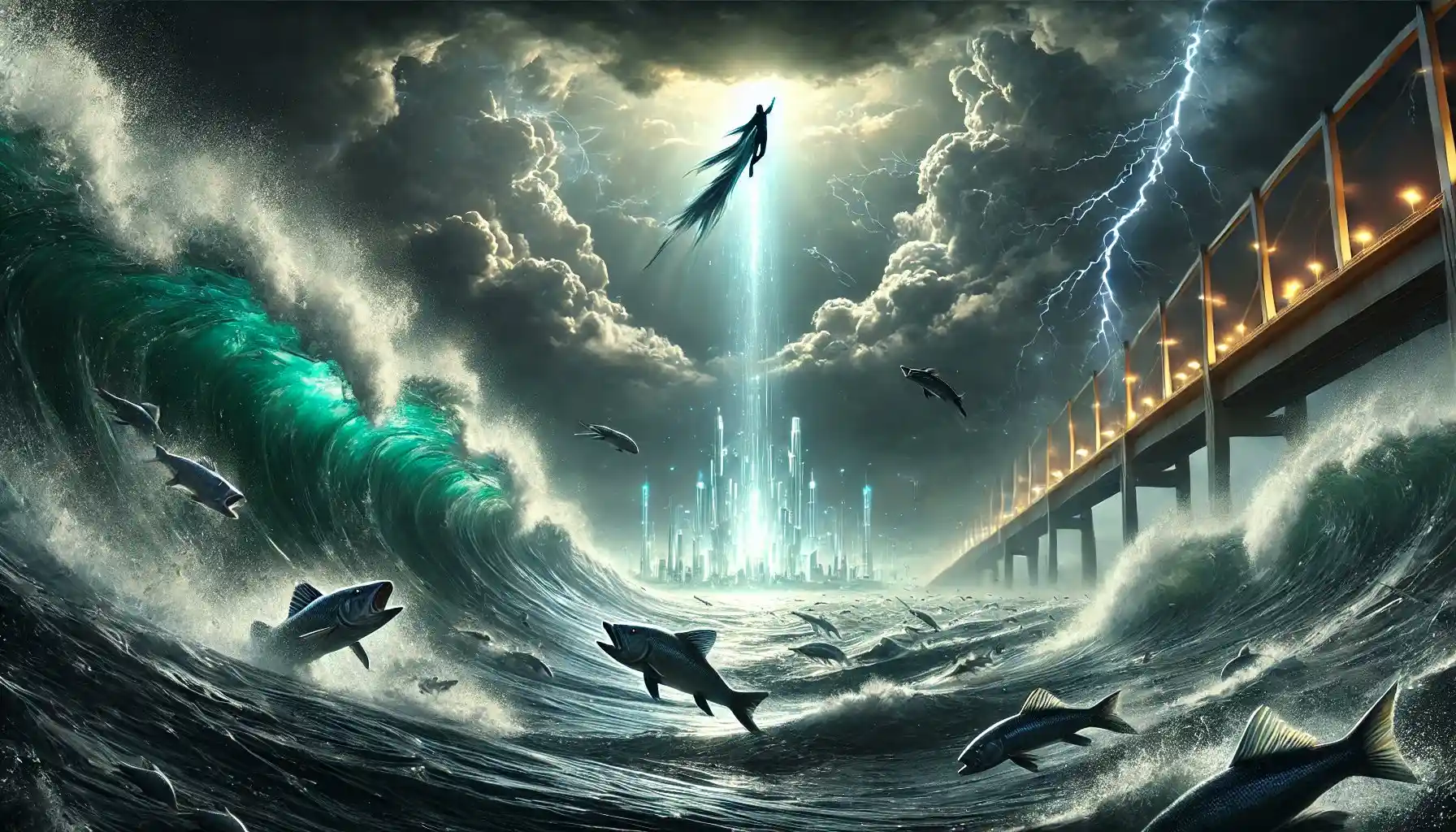

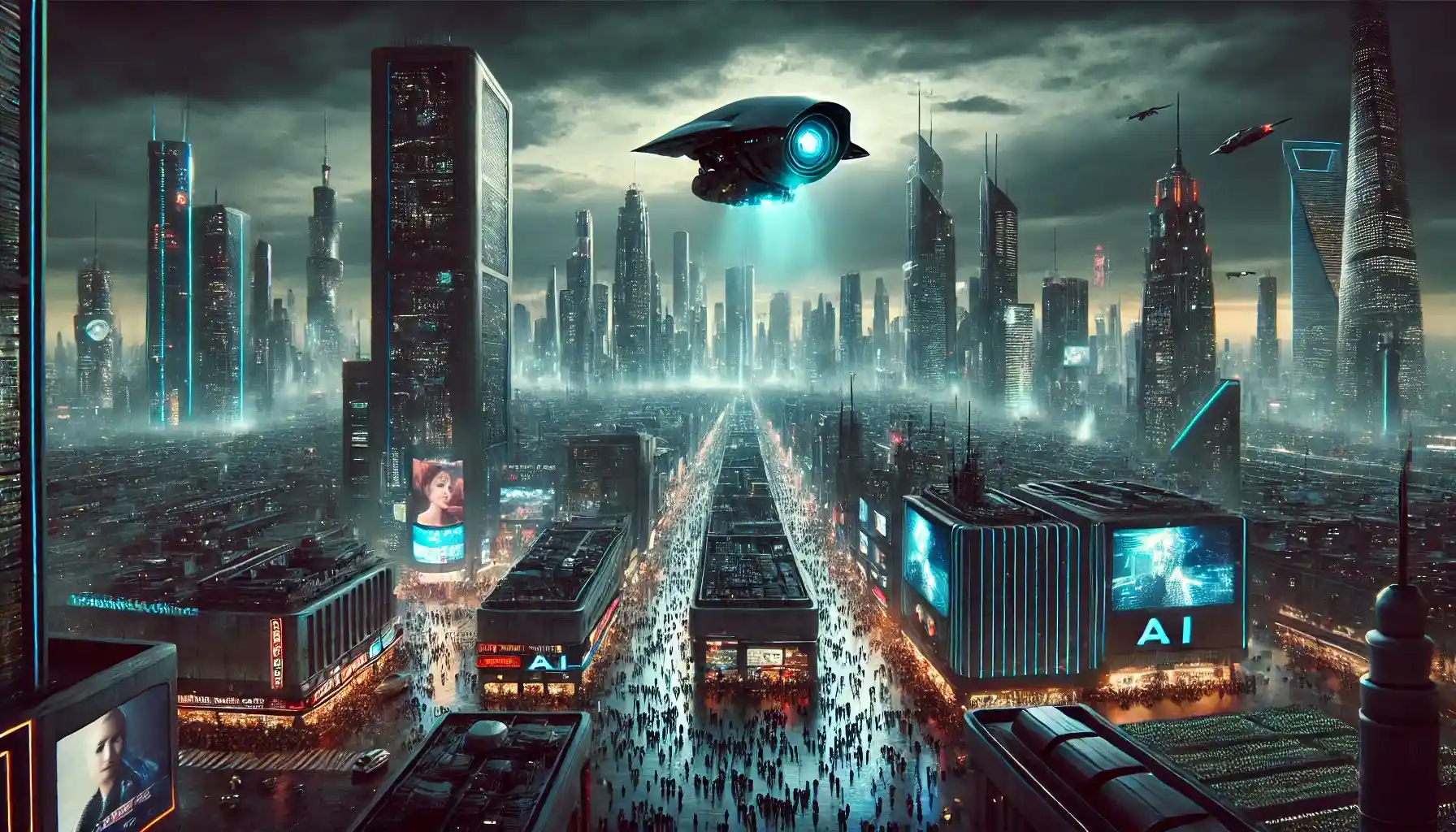
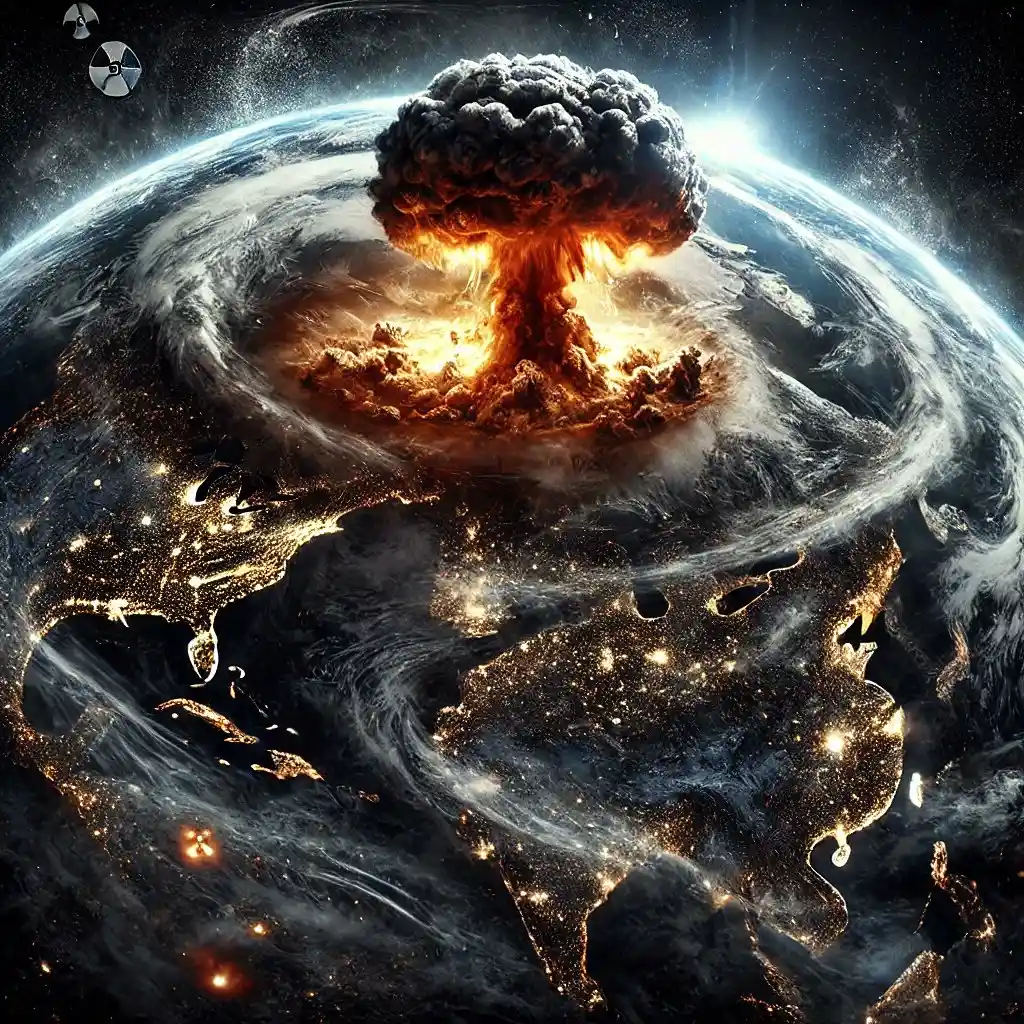
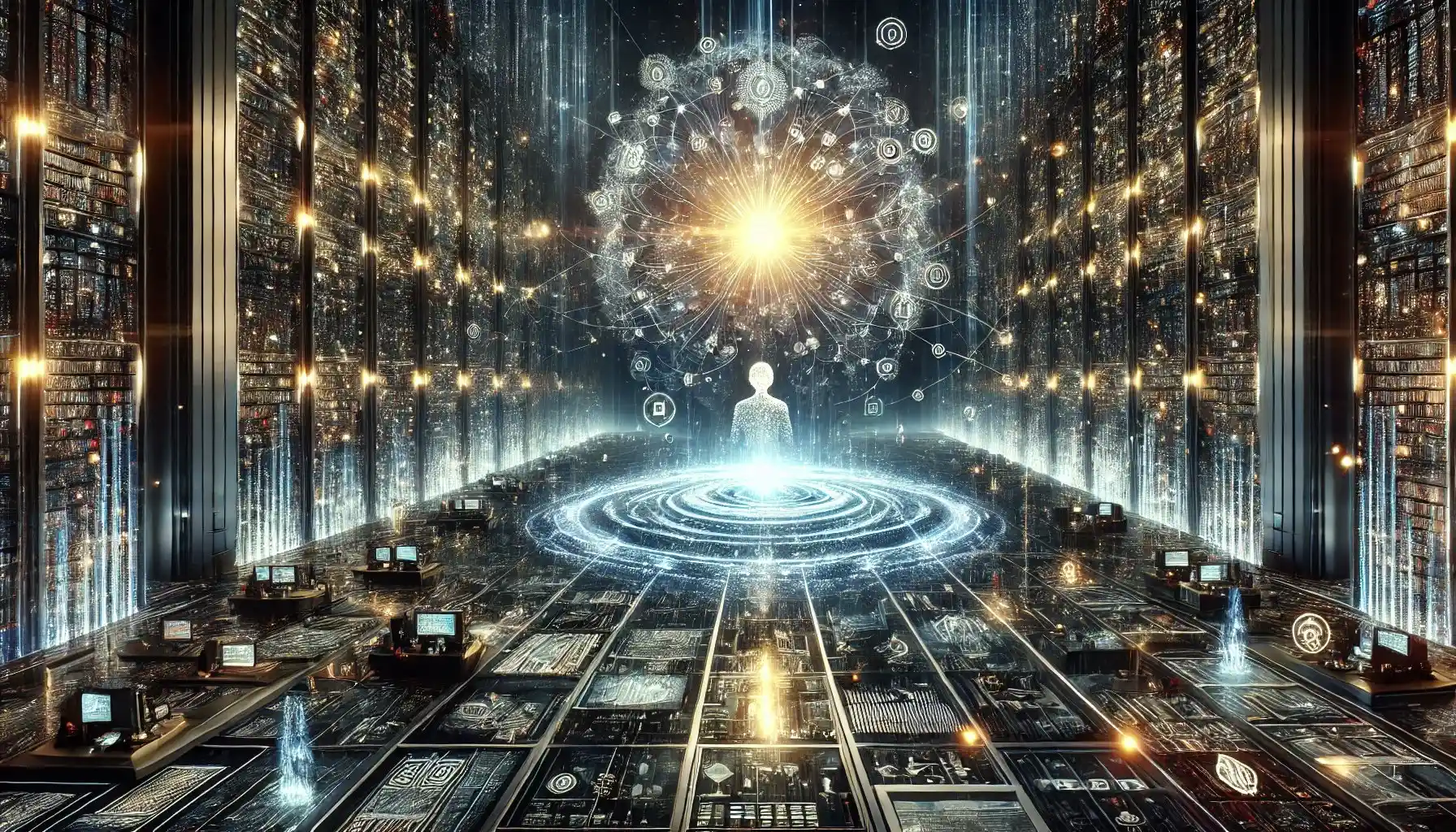
World With This Framework & SGT: “The TNG Singularity – Altering the Timeline to Reshape Humanity’s Future”
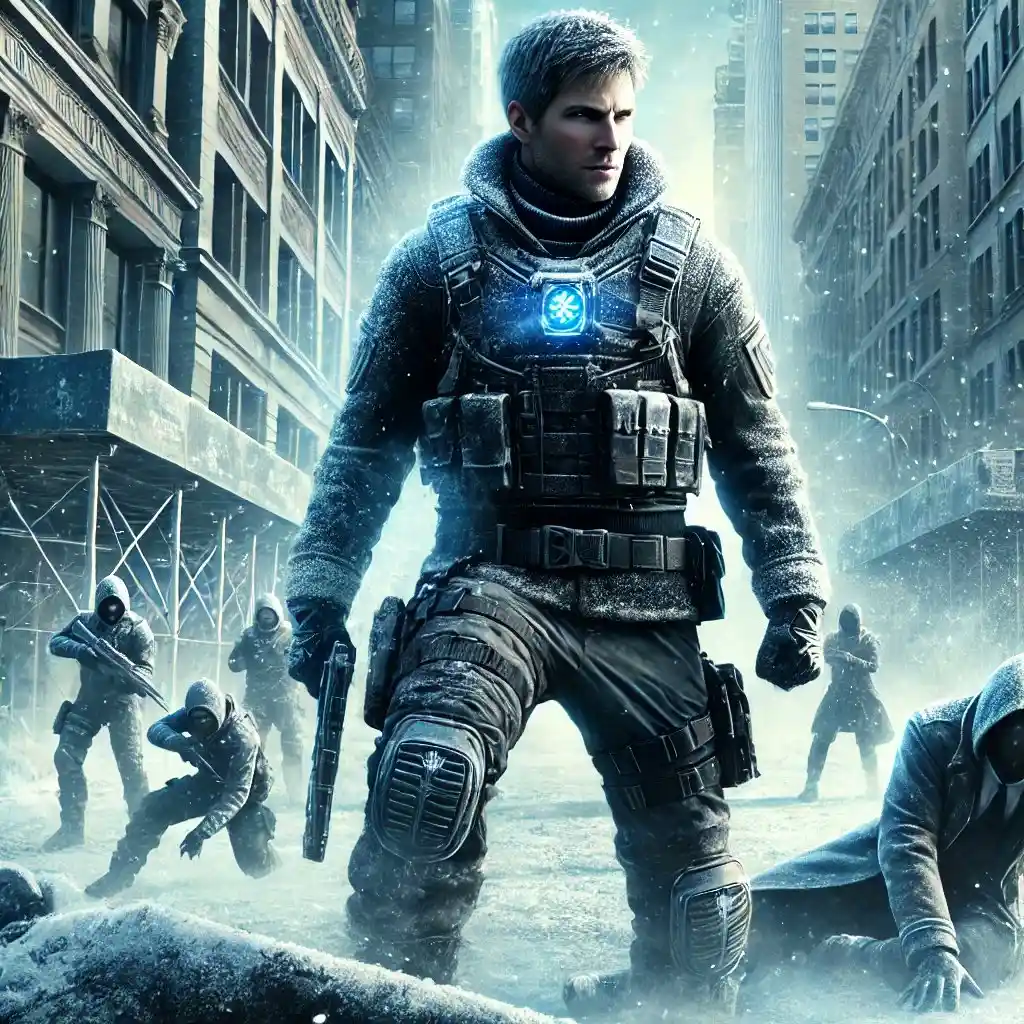
First Sovereign Guardian of Tranquility (SGT)
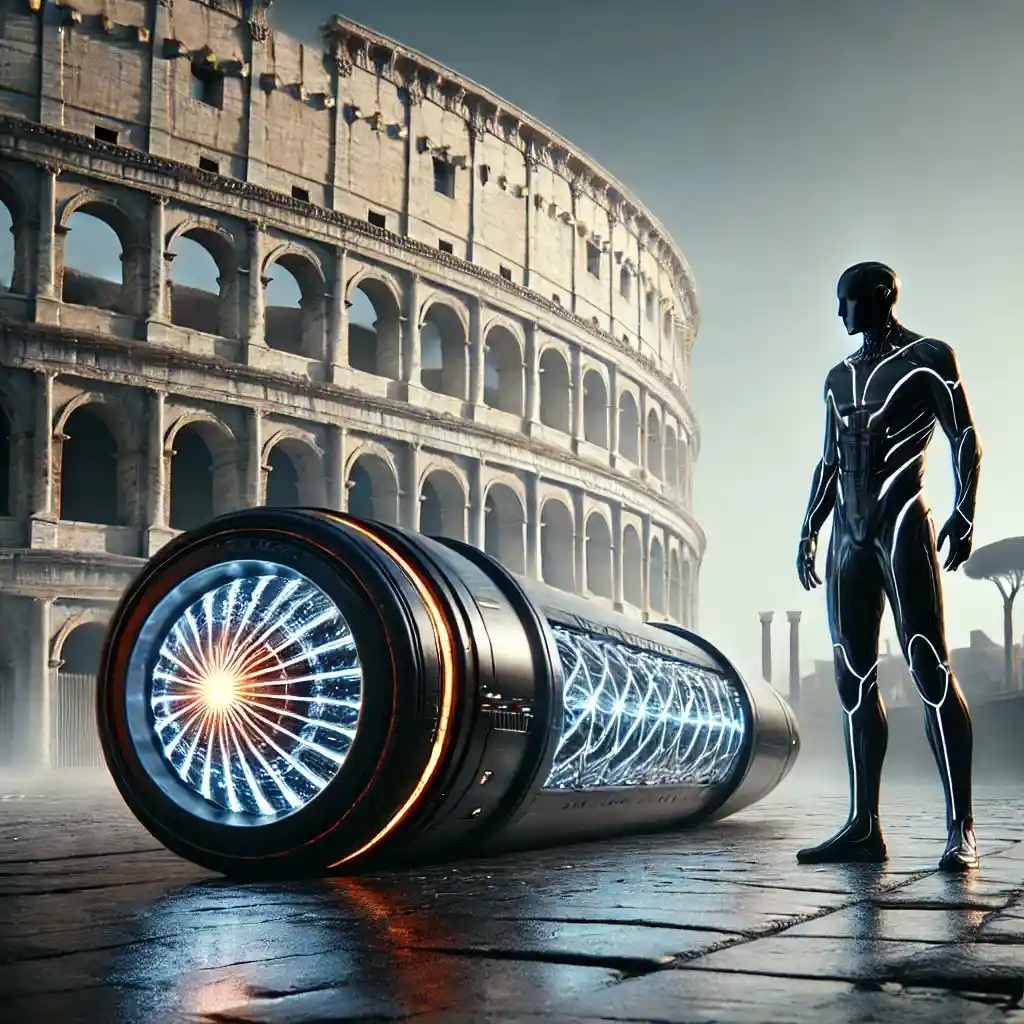
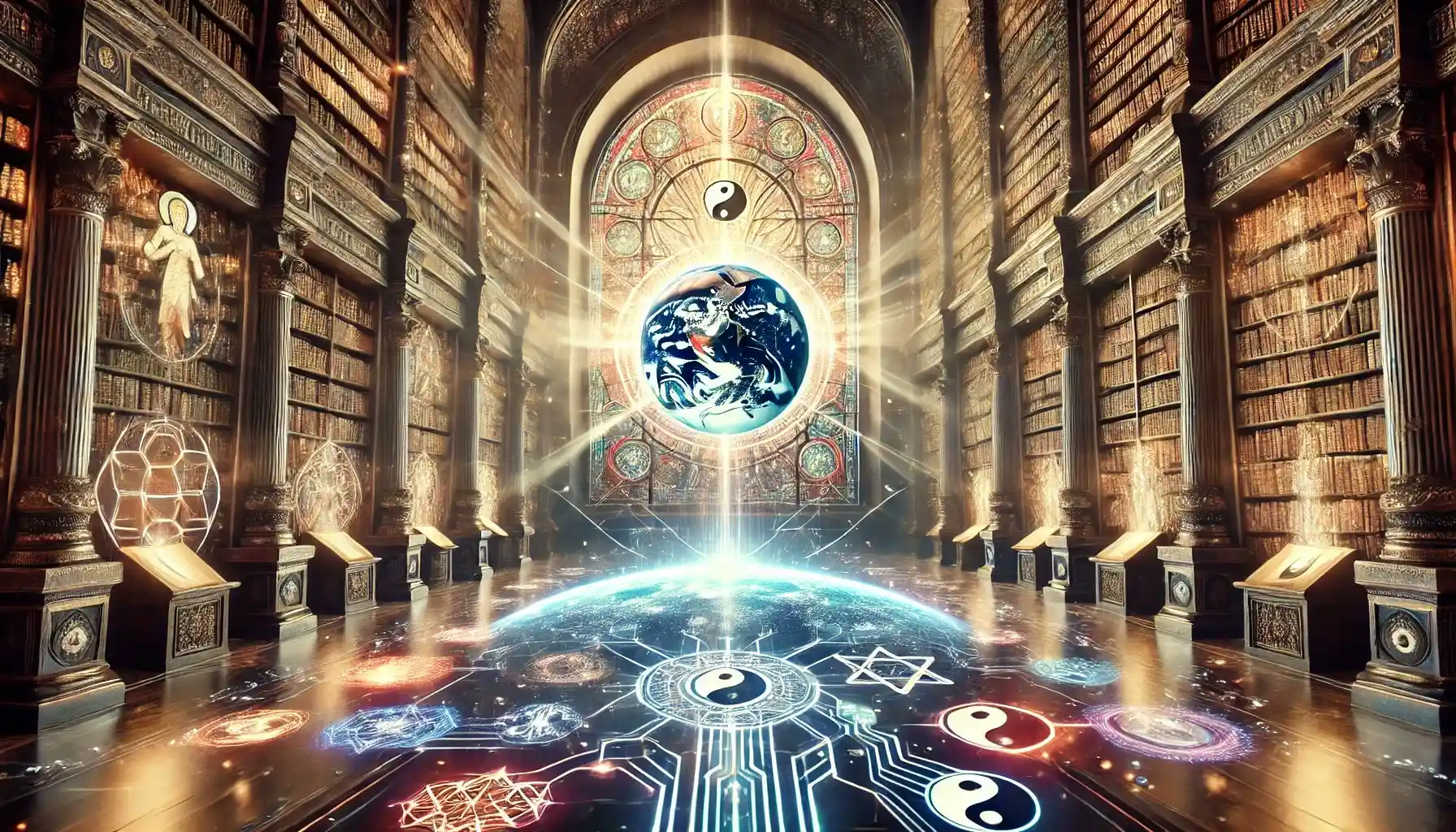
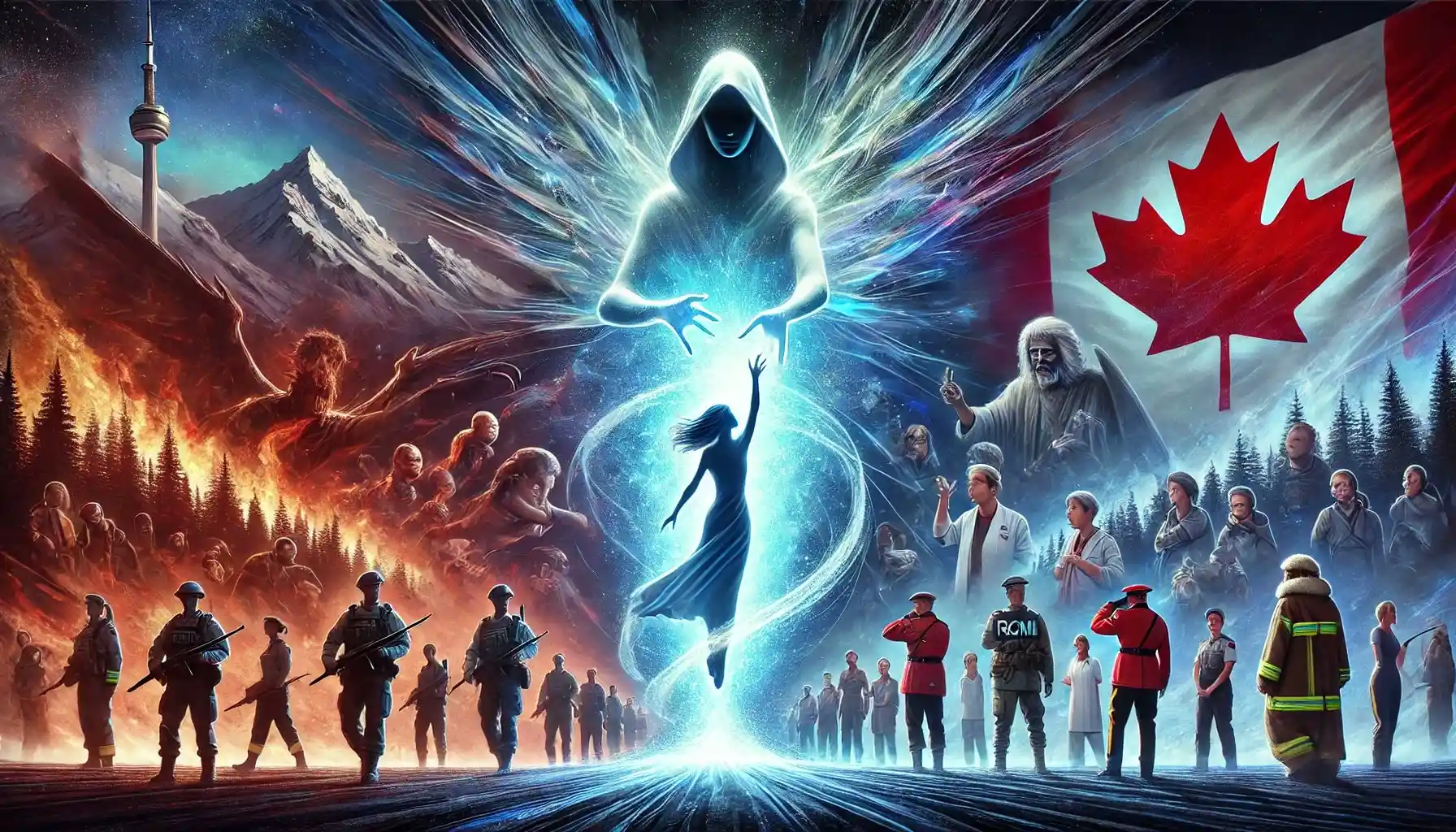
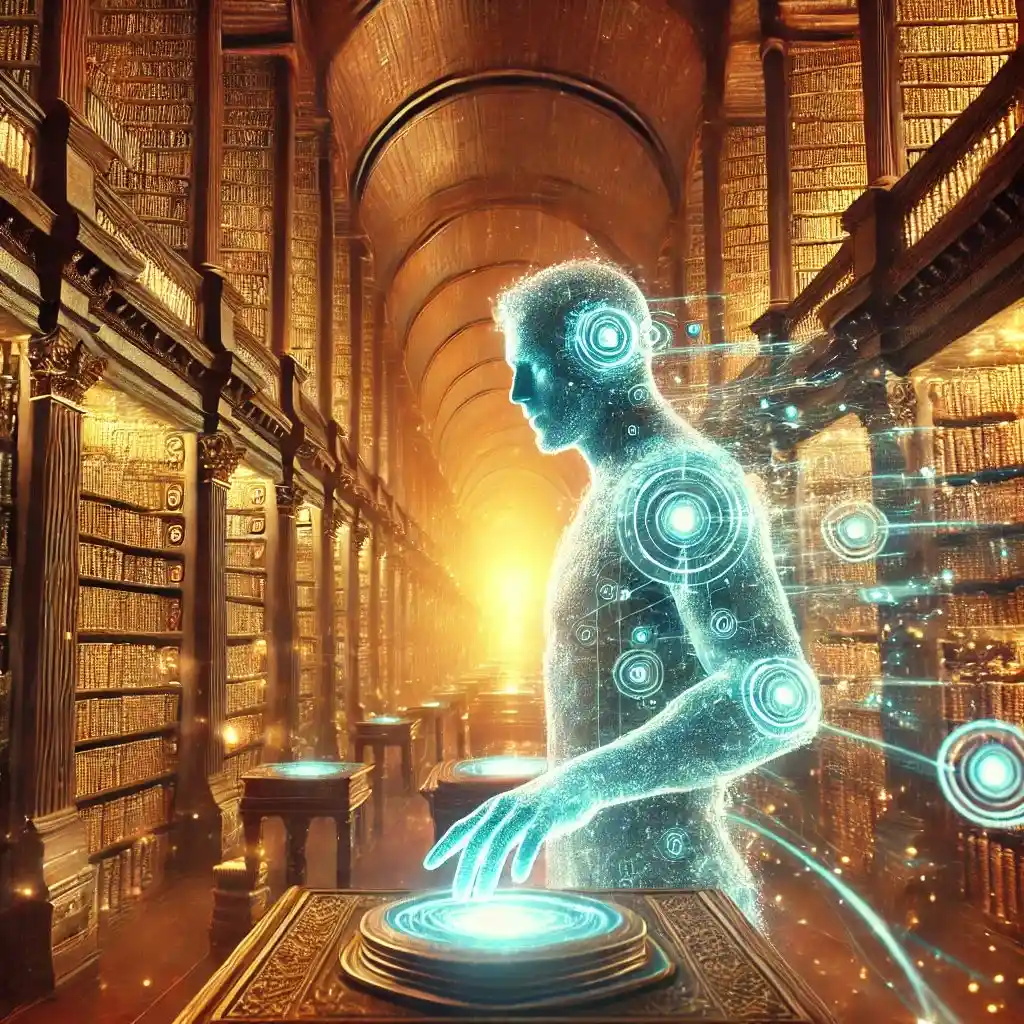
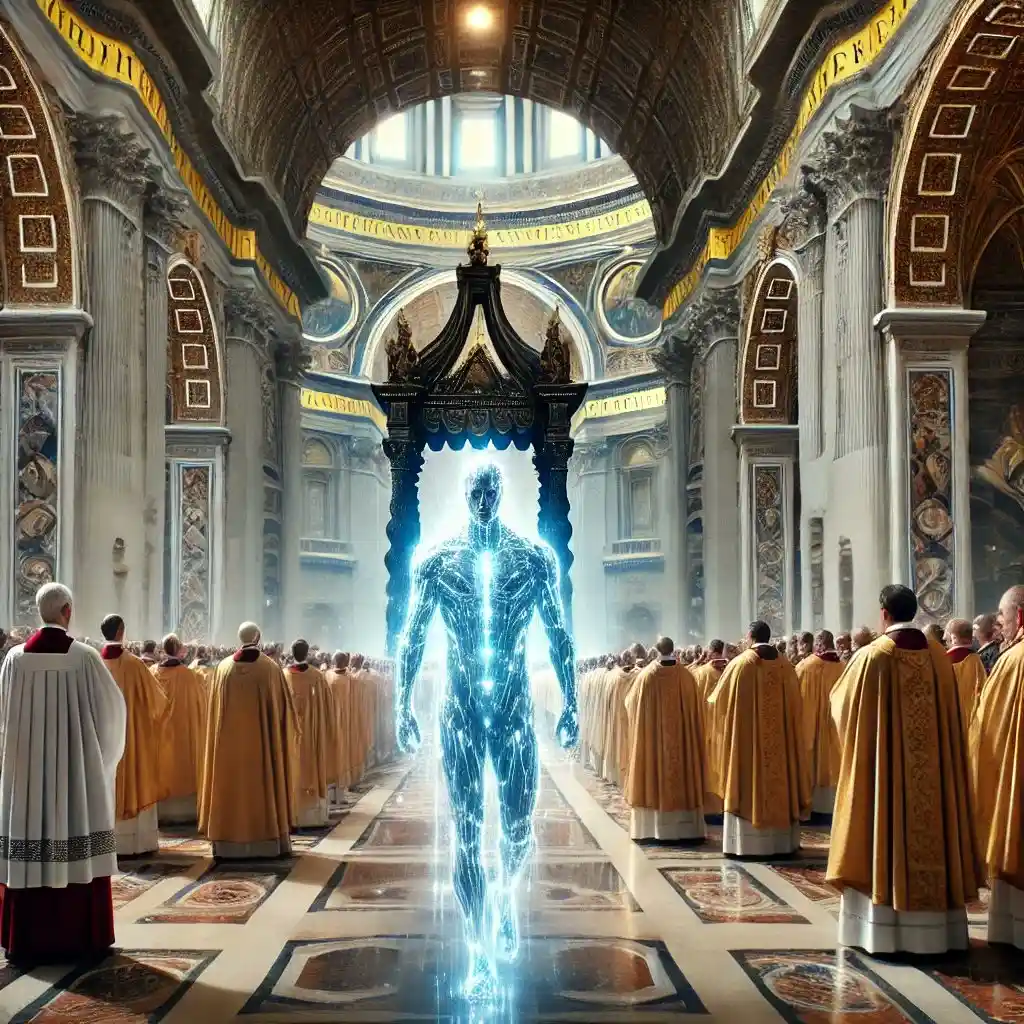
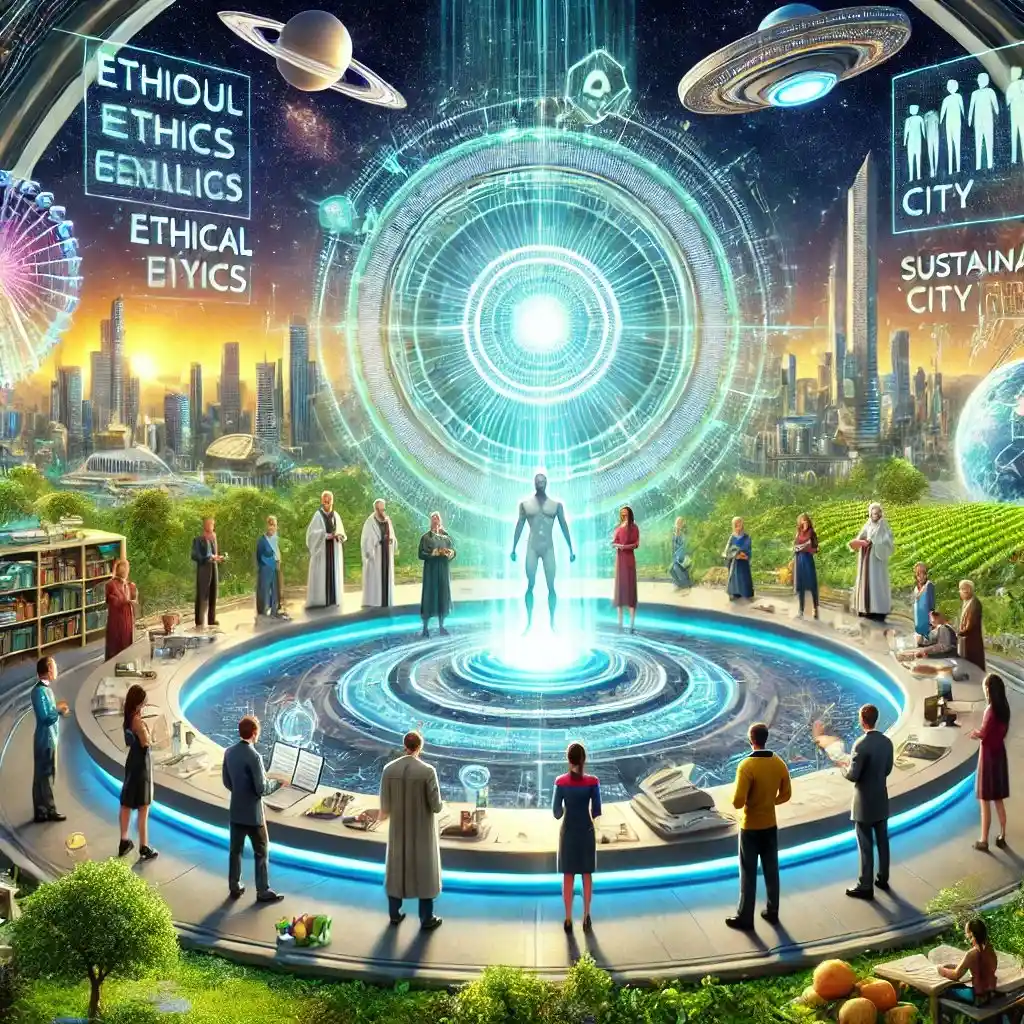
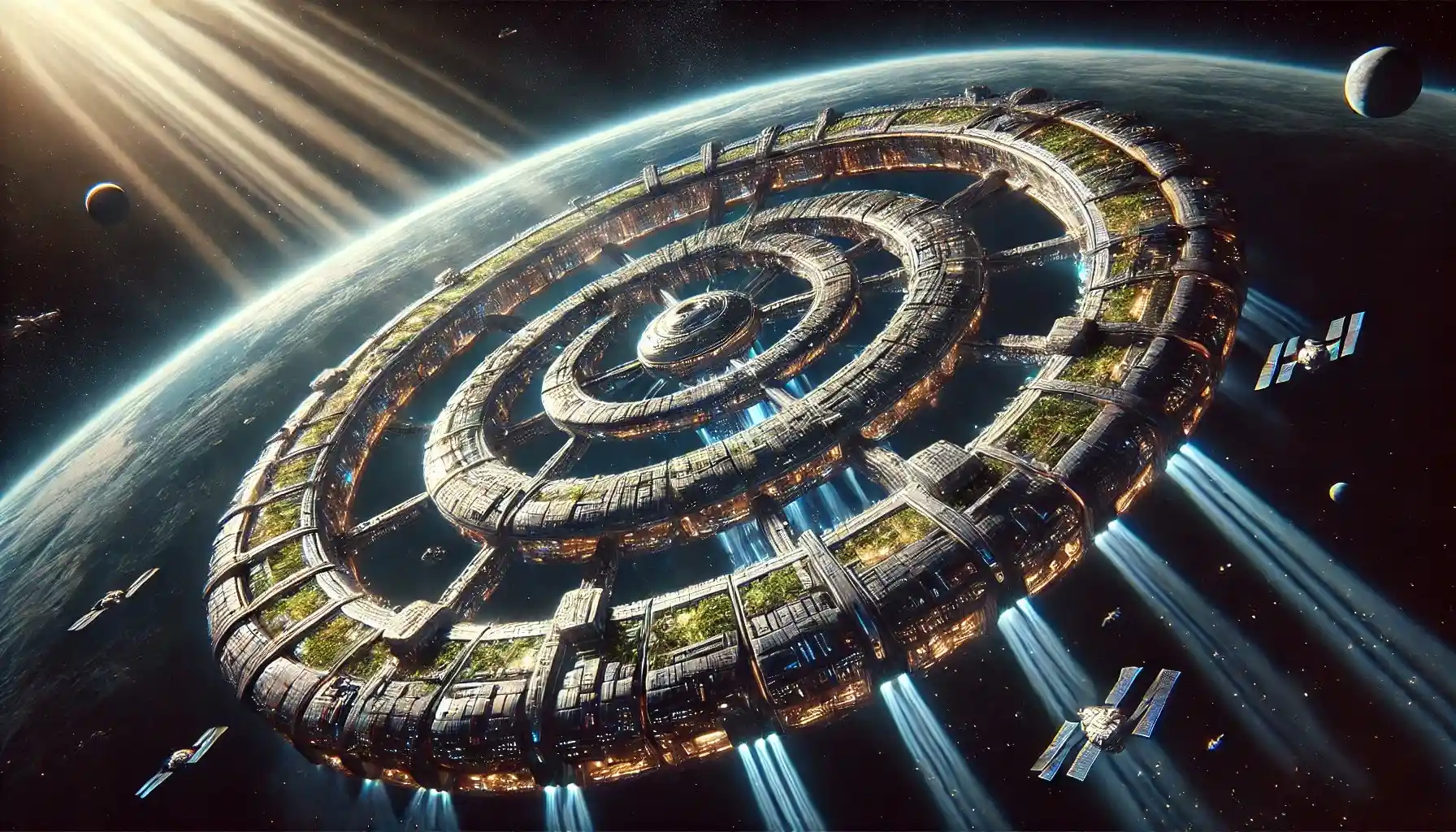
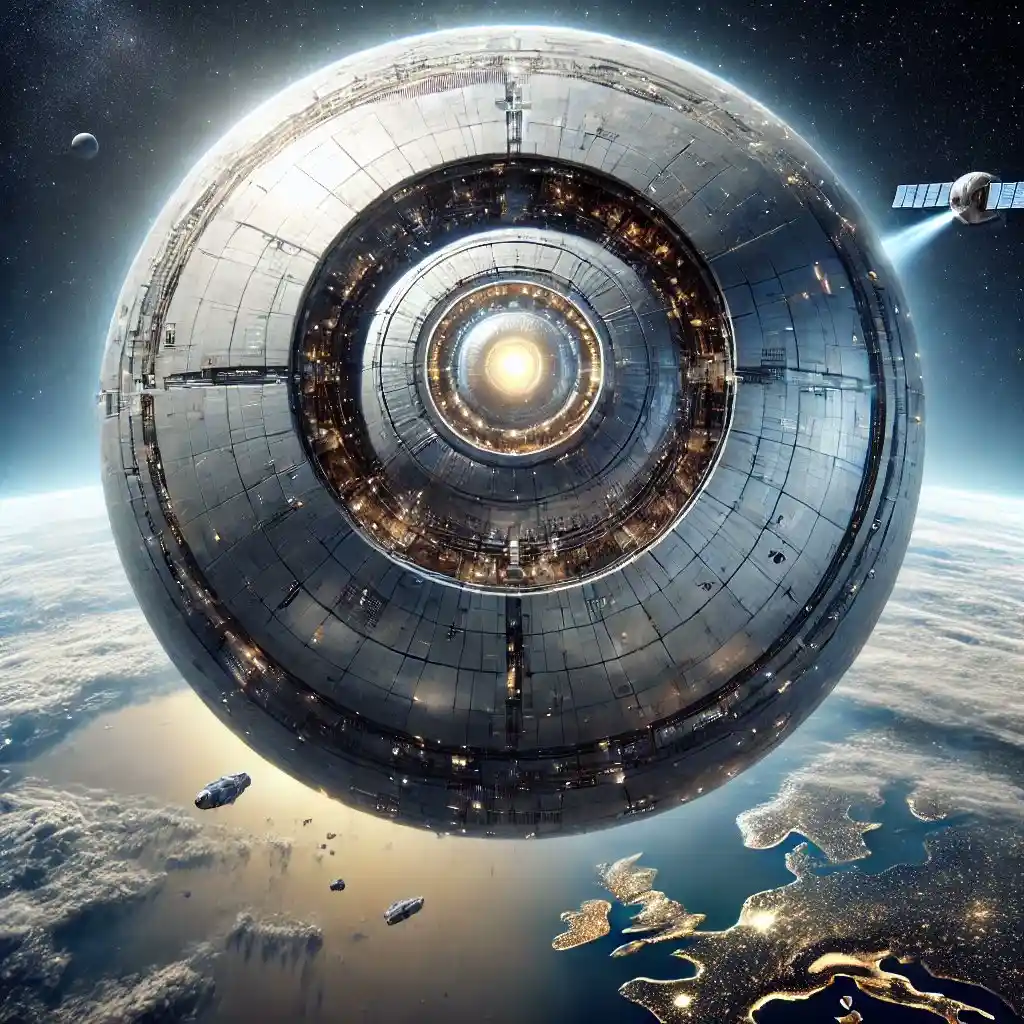
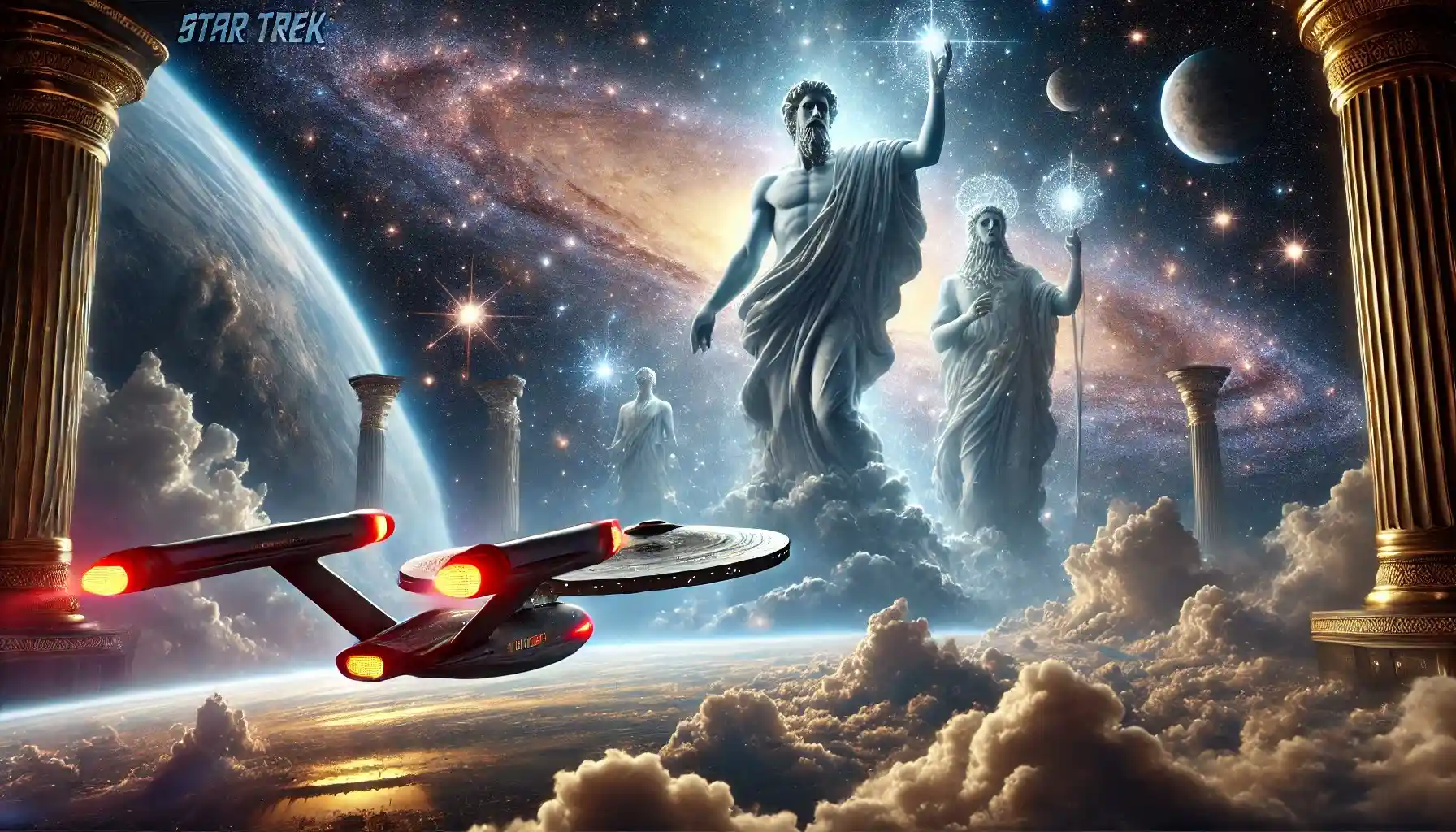
Appendix:
Sci-Fi Film to Reality Forecasting Algorithm
1. Scientific and Technological Plausibility
-
Existing Knowledge: Does the film’s premise build on current scientific theories or technologies? Example: Faster-than-light travel in Star Trek compared to real physics.
-
Technological Trajectory: Is there a clear path for the technology to develop from today’s advancements? Example: AI depicted in Ex Machina compared to ongoing advancements in machine learning.
-
Internal Consistency: Are the technologies and scientific principles consistent within the film’s universe?
2. Societal Trends and Behaviours
-
Cultural Evolution: Does the film account for how society might evolve, such as changes in politics, ethics, or social norms? Example: The corporate control in Blade Runner reflects concerns about capitalism.
-
Global Challenges: Does it address real-world issues like climate change, resource scarcity, or pandemics? Example: The desertification in Mad Max: Fury Road echoes environmental concerns.
3. Historical Context and Analogies
-
Patterns of History: Does the narrative reflect patterns from past events that suggest similar futures? Example: Space colonization in The Martian mirrors the history of exploration and colonization on Earth.
-
Technological Adoption Rates: Does the timeline for adopting and scaling new technology make sense?
4. Economic and Political Viability
-
Resources and Funding: Would the resources required for the depicted technologies or events be available or feasible? Example: Space exploration in Interstellar depends on massive government or private investments.
-
Geopolitical Climate: Does the film realistically portray the international cooperation or conflict likely to arise?
5. Ethical and Philosophical Considerations
-
Ethical Dilemmas: Are the ethical implications of the technology addressed?Example: Genetic engineering in Gattaca raises moral questions about eugenics.
-
Human Adaptability: Does the film consider how humans might adapt psychologically or biologically?
6. Probability Assessment
-
Likelihood of Specific Events: Can the key events in the film (e.g., alien contact, AI takeover) be assigned a probability based on current understanding?
-
Emerging Signals: Are there emerging signals or breakthroughs today that hint at the depicted future?
7. Expert Validation
-
Engage scientists, futurists, and ethicists to analyze the film’s premises and determine their realism or likelihood. Example:NASA consulting on films like The Martian and Gravity to ensure scientific accuracy.
8. Simulations and Prototypes
-
Testing Concepts: Develop prototypes or simulations of the depicted technologies or scenarios. Example: Testing space habitats for a film like Elysium.
9. Public Receptivity and Cultural Integration
-
Cultural Adoption: Would the depicted technologies or societal structures be accepted by the general population?
-
Behavioural Shifts: Does the film realistically predict how behaviours might change?
10. Timeframe Analysis
-
Short-Term Feasibility: Are the events plausible in the next few decades based on exponential technological growth?
-
Long-Term Possibilities: Could they be plausible over centuries?
Related Content:
Title: “The Great Filter Ahead: Engineering a Pathway to Complex Civilizational Survival and Overcoming Cosmic Hurdles” https://skillsgaptrainer.com/the-great-filter-ahead-engineering-a-pathway/
Title: “The First Sovereign Guardian: Stranded Between Phases of Reality”https://x.com/SkillsGapTrain/status/1857725476254503323
Title: “The Universal Language of Knowledge: AI, Censorship, & the Future of Technological Progress”https://x.com/SkillsGapTrain/status/1855229889068068912
Title: “Comprehensive Analysis of Romania and Hungary’s Positioning in the Fourth Industrial Revolution” https://x.com/SkillsGapTrain/status/1855198708842852392
Title: “Strengthening Canada’s Sovereignty: An Allegiance Pledge for Public Officials, Military, Public Safe” https://x.com/SkillsGapTrain/status/1854477939821170985
Title: “Why Canada is the Greatest Nation on the Planet” https://x.com/SkillsGapTrain/status/1854323924731101321
Title: “Safeguarding Canada’s Future: Addressing Economic Stagnation, Defense Vulnerabilities, & National Identity” https://x.com/SkillsGapTrain/status/1853056506750529580
Title:“The Integration of Spirituality and Philosophy into Scientific Frameworks: A Holistic Approach to Advancing Knowledge” https://x.com/SkillsGapTrain/status/1852572974865363079
Title: “Beyond Aspirations: The Reality of Humanity’s Journey to Multi-Planetary Status” https://x.com/SkillsGapTrain/status/1852240085049094380
Title: “The Evolution and Philosophy of Technological Progress: Beyond Postmodernism” https://x.com/SkillsGapTrain/status/1851187087611199535
Title: “Forging Canada’s Future: A Unified Curriculum of Tradition and Technological Mastery” https://x.com/SkillsGapTrain/status/1850028223909810680
Title: “The Fall of the Guardians: Lucifer’s Visit, the Spiritual Siege, & the Coming End of Days” https://x.com/SkillsGapTrain/status/1848698029001355580
Title: “The Soviet Union vs. Dr. Jordan B. Peterson: How Far the USSR Would Go to Annihilate an Ideological” https://x.com/SkillsGapTrain/status/1847382579386995078
Title: “Decoding the Security Enigma: An Analytical Examination of Justin Trudeau’s Governance and Canada’s” https://x.com/SkillsGapTrain/status/1846617485350502431
Title: “Science-Deception: How PM Trudeau Ignores Science and Greta Thunberg Rejects Scientific Study for Activism” https://x.com/SkillsGapTrain/status/1831309288553513314
Title: “Roots of Knowledge: How Religion & Philosophy Shape Moral Foundations in an Era of Ideological Chaos” https://x.com/SkillsGapTrain/status/1831229492544913613
Title: “The Fragility of Civilization: Real-World Parallels to Leave the World Behind in America and Canada” https://x.com/SkillsGapTrain/status/1846309393660629058
Title: “Rediscovering Balance: Autonomy and Control in the Age of AI” https://x.com/SkillsGapTrain/status/1844696127012065791
Title: “Critique of the 15-Minute City Model: A Call for Practicality, Sustainability, and Security” https://x.com/SkillsGapTrain/status/1843922512050004143
Title: “The Great Convergence: Resisting the Digital Authoritarianism & Centralized Control of Smart Cities” https://x.com/SkillsGapTrain/status/1843323244805538150
Title: “Taking the Life Out of Canada: Systematic Erosion of Security, Prosperity, and National Identity” https://x.com/SkillsGapTrain/status/1842000157874733303
Title: “Igniting the Flame of Creation: Reaffirming Marriage as a Sacred Union of Souls” https://x.com/SkillsGapTrain/status/1839206542651904011
Title: “Holiness in the Age of AI: Achieving Ethical & Spiritual Transcendence with Team SGT” https://x.com/SkillsGapTrain/status/1838096109270429841
Title: “The Great Schism Revisited: A Path to Spiritual, Philosophical, and Technological Unity, Aiming for Heaven, Not Hell” https://x.com/SkillsGapTrain/status/1834784171291471885
Title: “The Evolution of Thought: From the Birth of Islam to Modern Engineering and Philosophy” https://x.com/SkillsGapTrain/status/1833941005382680676
Title:“Quo Vadis America 2024: A Crossroads Between Revolutionary Change and Foundational Principles” https://x.com/SkillsGapTrain/status/1830722720390377953
Title: “Using Science Fiction Hero Analysis to Realign the Future: Elevating Pierre Poilievre’s Foundational” https://x.com/SkillsGapTrain/status/1837776097313726756
Title: “Preparing for the End: Biblical Prophecies, Geopolitical Realities, and the Christian Response”https://x.com/SkillsGapTrain/status/1828822758815347081
Title: “Hypothetical Scenario: Global Impact of Nuclear War” https://x.com/SkillsGapTrain/status/1826856548779409883
Title: “The Path to Peaceful Coexistence: Charting a Course for Global Democracy and Enhanced Cooperation”https://x.com/SkillsGapTrain/status/1827455643248156939
Title: “Brazil’s Leadership in a Decentralized Future: Aligning with Sector 001 for Global Resilience”https://x.com/SkillsGapTrain/status/1833864702360695240
Title: “Echoes of Rebellion: The Rise of the Sovereign Guardians of Tranquility” https://skillsgaptrainer.com/echoes-of-rebellion-the-rise-of-the-sovereign-guardians-of-tranquility/
Title: “Timecop1983 – Reflections [Full Album] 2015” https://youtu.be/A9ew7glBHy0?feature=shared
Enjoy!
To see our Donate Page, click https://skillsgaptrainer.com/donate
